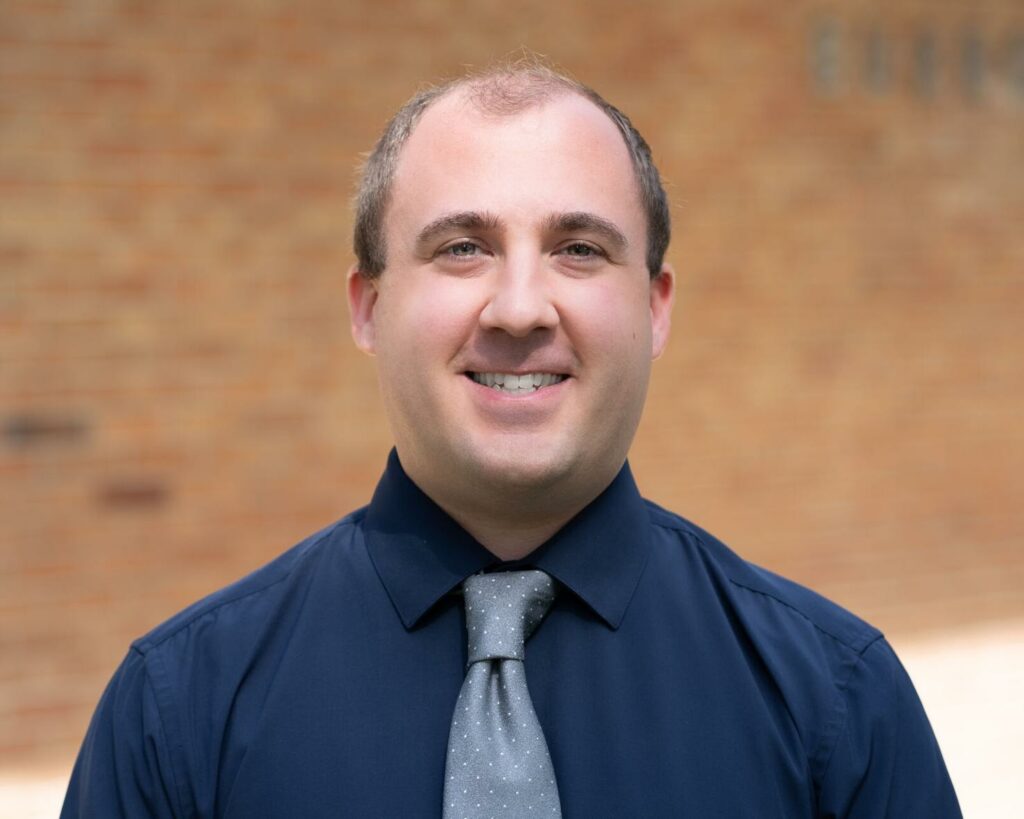
Source: LNP Online, Local Voices, Published September 1, 2024
Summer is over for teachers, meaning a return to the classroom. Or perhaps not. Many teachers did not just leave the classroom for the summer — they’re leaving the profession entirely.
Penn State University education professor Ed Fuller noted in a research brief in July that statewide teacher attrition rates were the highest ever recorded in 2022-23 at 7.7%. The rate for 2023-24 was not much better: 6.7%. That means approximately 8,326 Pennsylvania teachers left the profession last school year (an estimated 9,526 teachers left in 2022-23).
While not nearly as high as in Philadelphia County, central Pennsylvania has some of the highest teacher attrition rates in the commonwealth. Lancaster County’s attrition rate is 6.3%.
What is even more concerning is which teachers have the highest attrition rates — teachers of color. Black teachers have the highest attrition rate (over 15%), with Hispanic and Asian American and Pacific Islander rates both over 10%. Moreover, districts with more than 65% students of color had double the teacher turnover rate as districts with fewer than 35% students of color.
Why does teacher attrition matter? The high churn rate of teachers can impact student academic achievement and can prove to be costly to school districts, as they have to find replacements.
Speculation as to the causes of high teacher attrition rates includes unsustainably low wages to unrealistically high demands. Simply put, it can be summed up in just one word: burnout.
A 2022 Gallup Poll found that K-12 educators had the highest burnout level of all industries at 44%, which is much higher than the average of all other workers (30%). Within the K-12 employee population, teachers are the most burned out, at 52%. And female teachers in particular are particularly burned out, at 55%, with male teachers following at 44%.
The American Psychological Association definition for burnout is “physical, emotional or mental exhaustion, accompanied by decreased motivation, lowered performance and negative attitudes towards oneself and others.”
As someone with a professional mental health background who’s working in an education setting, I find it easy to understand why teachers would experience physical, emotional or mental exhaustion. Consider all of the hats we ask them to wear — educators, child care professionals, security personnel, case managers, technology experts, parental/family coaches, among others. Then there is the politicizing of education: School board meetings have become a battleground for some of the country’s most polarizing challenges. Teachers are expected to show up to work while debates rage over whether to ban books, guns or smartphones, and while decisions are made about which students can use what bathrooms or join which sports teams.
If we want to lower teacher attrition rates, we need to curb teacher burnout. But how?
Teaching is a helping and giving profession. Adam Grant, a professor at the University of Pennsylvania Wharton School, discusses in his book “Give and Take” how teachers are particularly vulnerable to “giver” burnout, and how their stress is worsened when they feel like their work does not make a difference. One way to help address this is to focus on smaller, short-term wins. Rather than striving for huge test score increases, for instance, look for hands that didn’t raise in the beginning of the school year now being raised in class.
Many burnout remedies (for example, maintaining boundaries between work and home life, committing to taking breaks during the day, finding a mentor, practicing self-care) place the responsibility for burnout prevention on the individual teacher. Isn’t it paradoxical to ask those feeling buried and exhausted to then dig themselves out on their own?
Instead, we must collaborate as a community to assist teachers by reducing demands on them and developing layers of support. Ensuring that other essential roles — such as social workers, school counselors, classroom paraprofessionals, safety personnel and psychologists — are staffed in our schools can help to alleviate some of the pressure on teachers to fulfill their ever-expanding duties. Developing teacher support networks that provide opportunities to not only offer one another tricks of the trade, but also bring together those with shared interests and identities, is another tactful strategy. Another potentially helpful approach: Survey teachers about their experiences and working conditions to help drive data-informed policies and practices. Administrators can commit to build in debrief sessions and check-ins with teachers, especially those new to the profession. Providing leadership development programs to school administrators could offer a top-down approach to promoting psychologically safe work environments. Lastly, it is important to continuously involve the surrounding community to reinvigorate the educational experience for everyone.
Consider this quote from author and retired teacher Phillip Done in his book, “The Art of Teaching Children”: “Teaching … is all about connection. Teachers help children connect to the material. We connect lessons to previous ones. We help our kids connect to one another. We make connections with parents and colleagues. And, of course, all day long we foster connections with our students. … For children to meet their greatest learning potential, they must connect with their teachers.”
If our classroom doors are revolving ones, teachers are unable to form those key connections to students, families, the community and, just as importantly, each other. Without those connections, the spark that inspired teachers to join the profession may burn out. It is said it takes a village to raise a child, so let’s all be that village.
Alexander Rohrer has a doctorate in prevention science and is a community school director at Burrowes Elementary School
